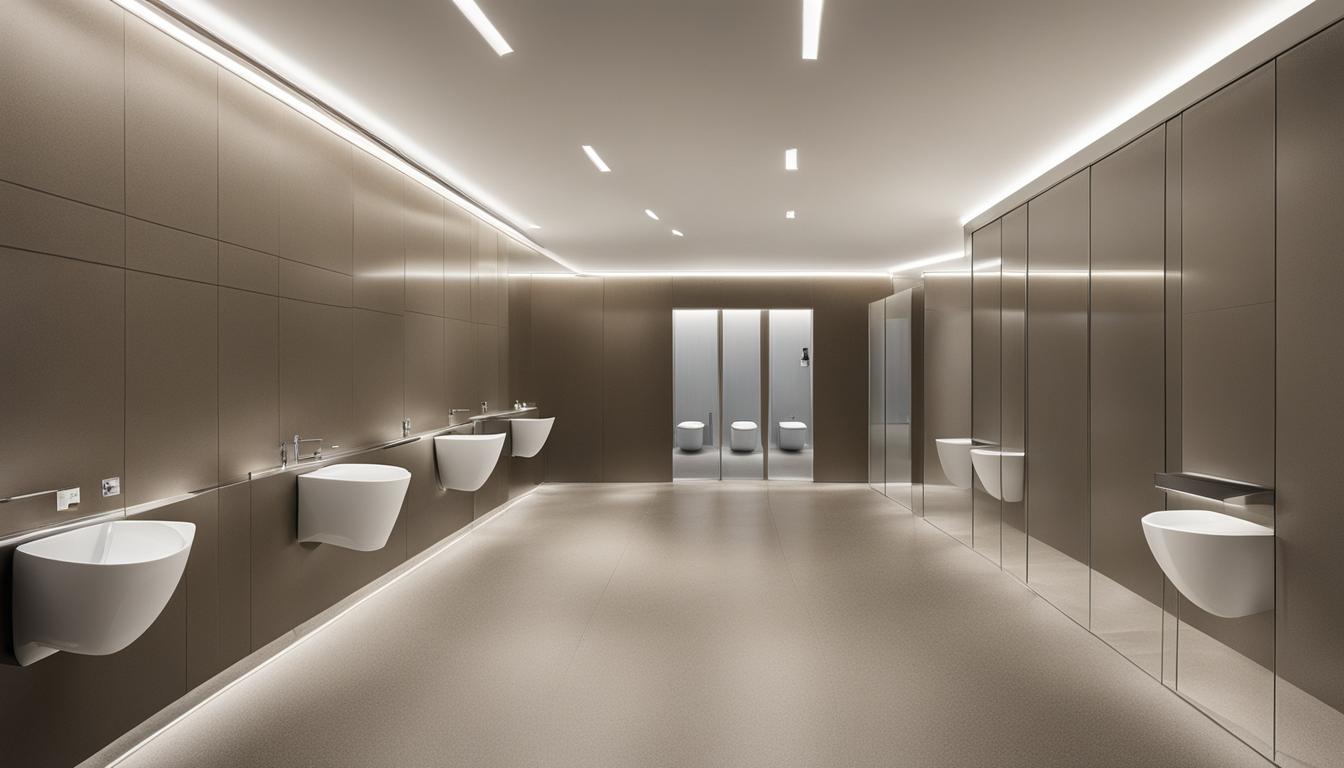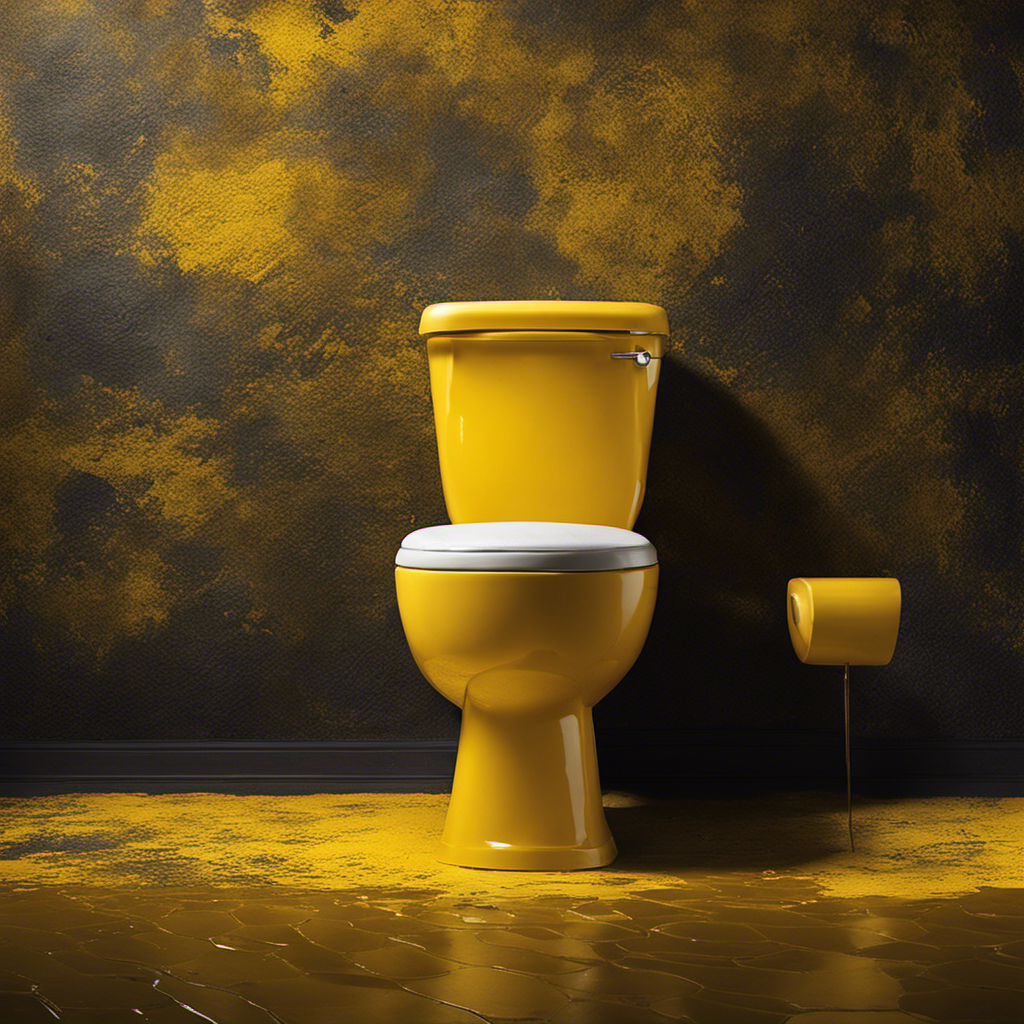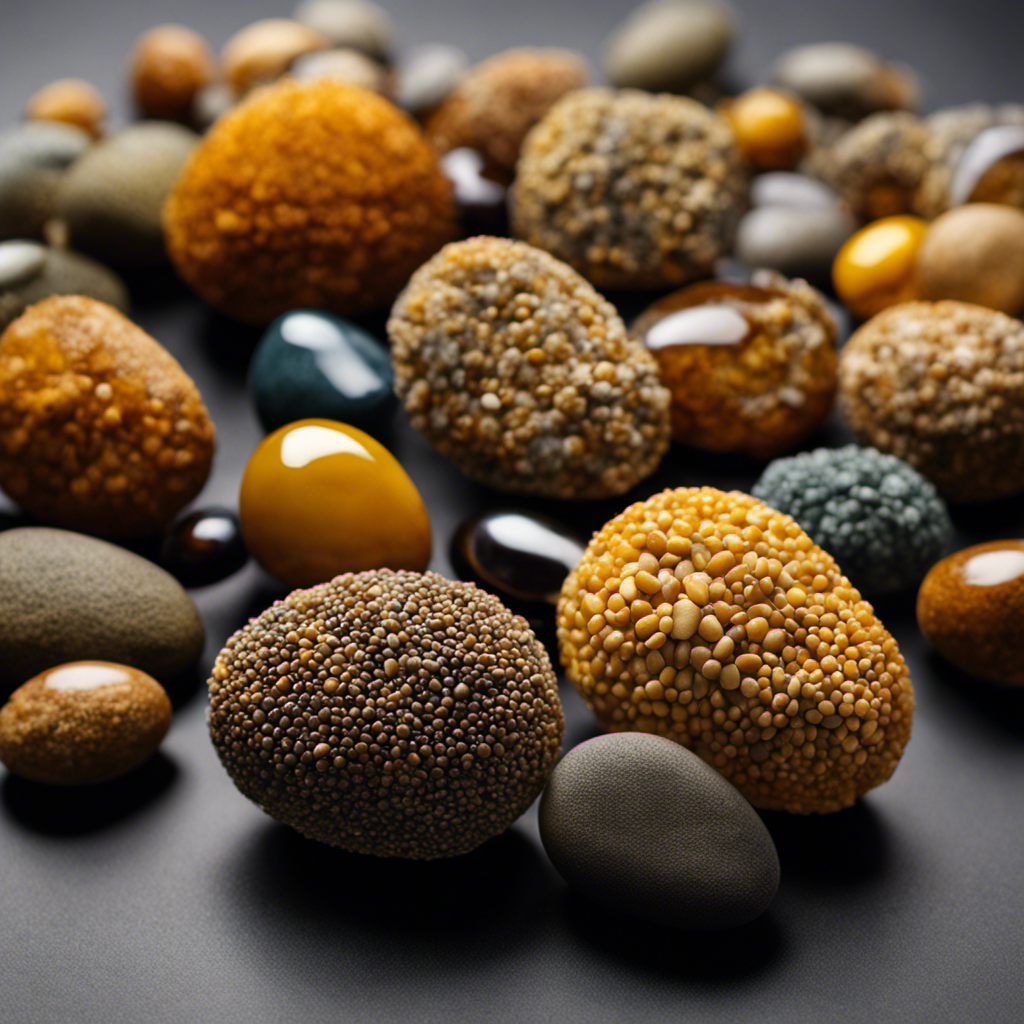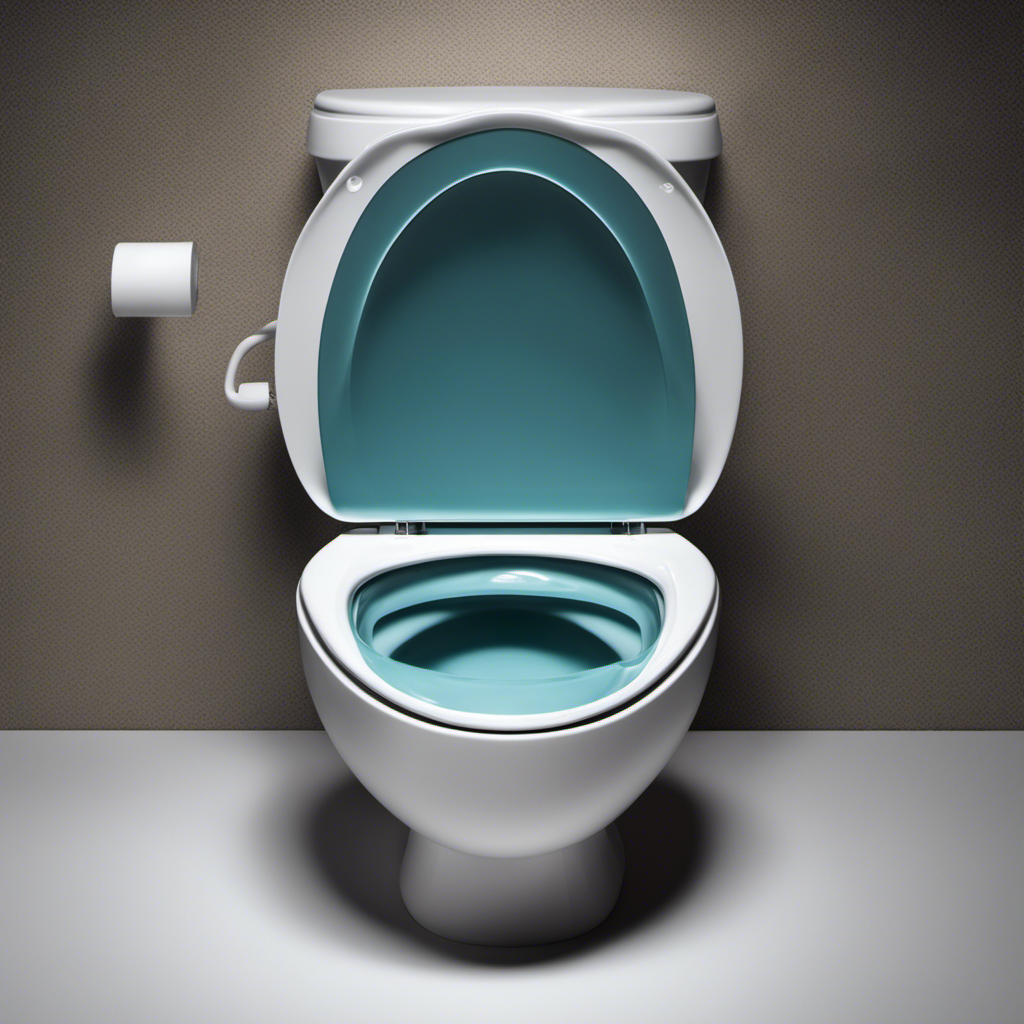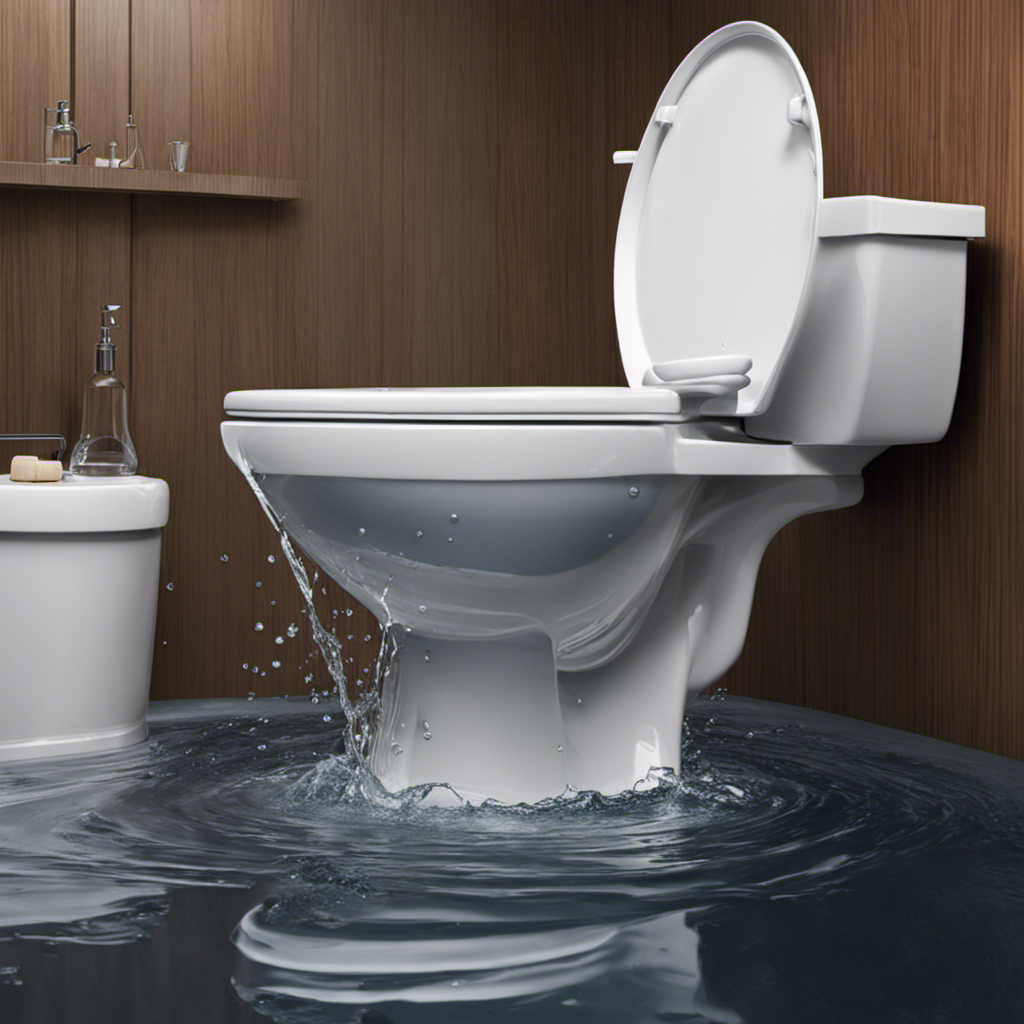Ever pondered whether dropping Drano into your toilet to clear a clog is a safe move? We’re here to provide the clarity you’re seeking.
In this article, we’ll explore the potential risks of using Drano in the toilet, provide alternatives for unclogging your toilet, and offer tips on how to safely use Drano if you choose to do so.
Don’t worry, we’ve got you covered with all the information you need to tackle this common household issue.
Key Takeaways
- Drano can damage pipes over time and cause leaks and pipe bursts.
- Using Drano in the toilet is not environmentally friendly and can contaminate water sources.
- There are safer and more effective alternatives to Drano for unclogging a toilet, such as using a plunger or a mixture of baking soda and vinegar.
- If DIY methods fail or there are signs of more serious issues, it is advisable to call a professional plumber for assistance.
The Potential Risks of Using Drano in the Toilet
Using Drano in the toilet can pose potential risks to our plumbing system and the environment. While Drano is a popular choice for unclogging drains, it contains harsh chemicals that can cause damage to the pipes. The chemicals in Drano can eat away at the pipes over time, leading to leaks and even pipe bursts.

Additionally, Drano isn’t environmentally friendly. When it’s flushed down the toilet, it enters the sewage system and can contaminate water sources. To avoid these risks, it’s recommended to explore alternative, natural toilet clog remedies.
There are various methods that can help prevent toilet clogs, such as regular maintenance, using a plunger, or using a toilet auger. These methods aren’t only safer for our plumbing system, but also better for the environment.
Alternatives to Drano for Unclogging a Toilet
We prefer using alternative methods for unclogging a toilet instead of relying on Drano. When it comes to toilet clog prevention, natural remedies can be just as effective, without the potential risks associated with chemical drain cleaners.
One effective method is using a toilet plunger. Make sure to use a plunger specifically designed for toilets, and create a tight seal around the drain hole. Apply firm, even pressure to create suction and dislodge the clog.
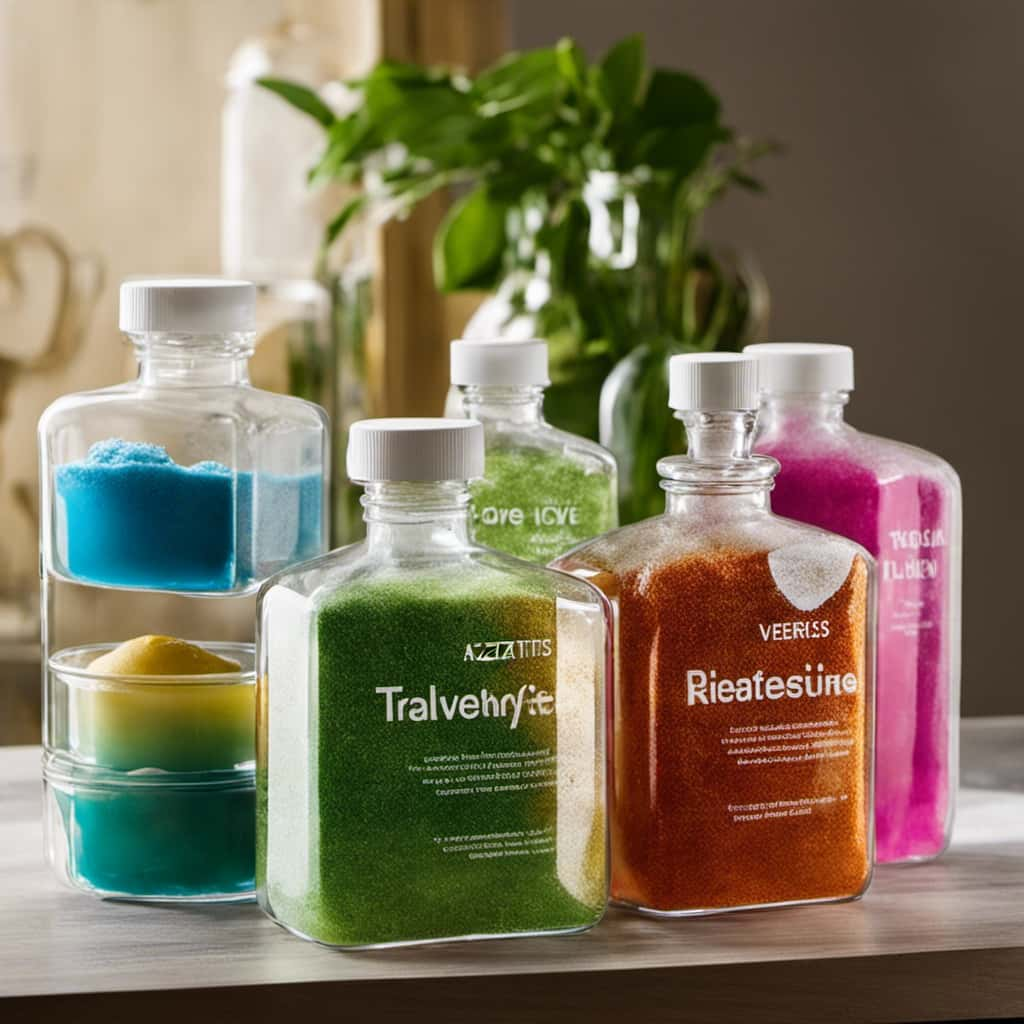
Another option is a toilet auger, which is a flexible tool that can reach deeper clogs. Insert the auger into the toilet and turn the crank to break up the obstruction.
Additionally, a mixture of baking soda and vinegar can help dissolve minor clogs. Pour half a cup of baking soda followed by a cup of vinegar into the toilet bowl, let it sit for a few hours, then flush with hot water.
These natural remedies are safe and effective alternatives to Drano for unclogging a toilet.
How to Safely Use Drano in the Toilet
To safely utilize Drano in the toilet, it’s important to follow the recommended guidelines and precautions. While there are alternative methods to unclog a toilet, Drano can be effective if used correctly.
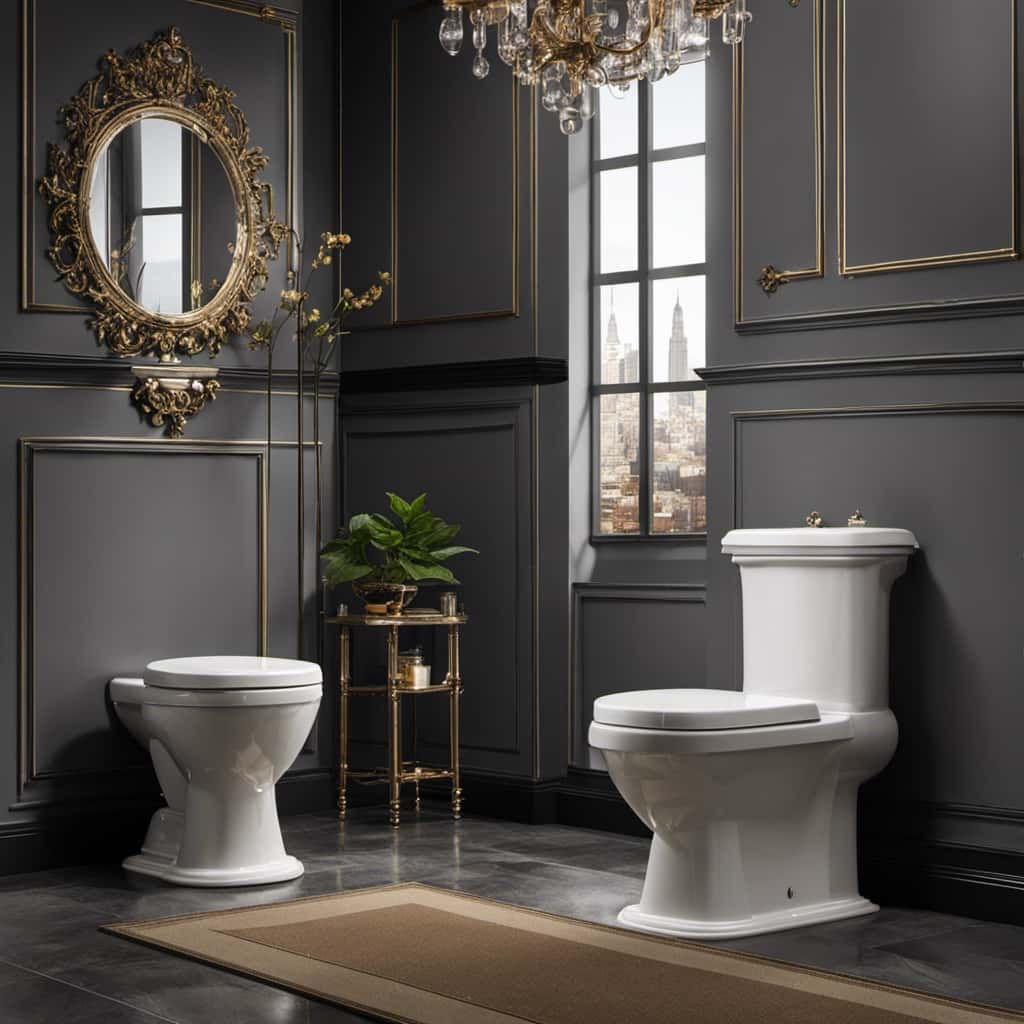
Firstly, it’s crucial to wear protective gloves and goggles to prevent any contact with the chemicals. Next, ensure proper ventilation by opening windows or turning on fans.
Carefully pour a small amount of Drano into the toilet bowl, avoiding any splashing. Allow it to sit for the recommended time mentioned on the packaging. Finally, flush the toilet multiple times to clear the drain. Remember, Drano should only be used as a last resort and excessive use can damage pipes.
Transitioning into the next section, let’s explore common misconceptions about Drano and toilet clogs.
Common Misconceptions About Drano and Toilet Clogs
One common misconception about Drano and toilet clogs is that it can solve any type of blockage. While Drano can be effective in clearing some types of clogs, it isn’t a miracle solution for all toilet issues. To debunk this myth, it’s important to understand that Drano is primarily designed to dissolve organic matter, such as hair and soap scum.

However, it may not be effective in dealing with clogs caused by non-organic materials like paper towels or foreign objects. Additionally, relying solely on Drano can sometimes worsen the problem by creating a chemical reaction that damages the toilet pipes.
Instead, consider trying some homemade remedies before resorting to Drano, such as using a plunger or a plumbing snake. These methods are often more effective and safer for your plumbing system.
Transitioning into the next section about when to call a professional, it’s important to know the limitations of DIY methods and understand when it’s time to seek professional help for stubborn toilet clogs.
When to Call a Professional for Toilet Clog Issues
If the clog persists after attempting DIY methods, it may be time to consider calling a professional for assistance with your toilet clog issues. While minor clogs can often be resolved with simple techniques, there are signs that indicate a more serious clog that requires professional intervention.

These signs include water backing up into other fixtures, foul odors coming from the toilet, or repeated clogs that occur despite your best efforts.
Regular maintenance, such as using a plunger or drain cleaner, can help prevent toilet clogs. However, if you find yourself dealing with frequent or severe clogs, it’s advisable to seek professional help.
A professional plumber has the expertise and tools necessary to identify and resolve complex clogs, ensuring your toilet functions properly and preventing any further damage.
Frequently Asked Questions
What Are the Main Ingredients of Drano and How Do They Work to Unclog Toilets?
The main ingredients of Drano are sodium hydroxide and aluminum. They work to unclog toilets by dissolving hair, grease, and other organic materials. However, using Drano in toilets can be dangerous and cause pipe damage.
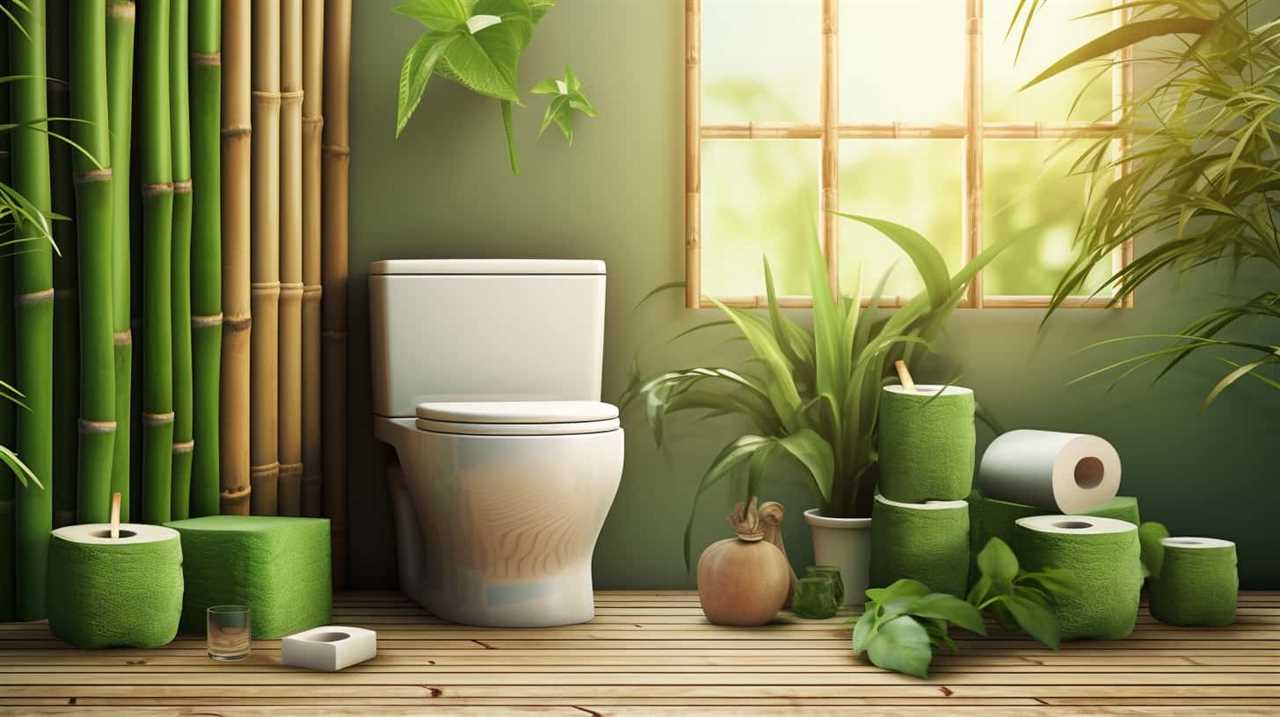
Can Drano Damage the Pipes or Plumbing System in My Toilet?
Drano can harm the environment and potentially damage pipes. It’s best to avoid using it in toilets. Instead, consider using alternative methods like a plunger or a plumbing snake to unclog your toilet safely.
Is It Safe to Use Drano in a Toilet With a Septic Tank?
Using Drano in a toilet with a septic tank may not be safe as it can harm the beneficial bacteria in the tank. Instead, consider using septic-safe alternatives like enzyme-based or natural toilet clog removers.
Can Drano Prevent Future Toilet Clogs From Occurring?
Drano can temporarily unclog toilets, but it may not prevent future clogs. However, it can be harmful to the environment and may have long-term effects on toilet plumbing.
Are There Any Specific Precautions or Safety Measures I Should Take When Using Drano in the Toilet?
When using Drano in the toilet, it’s important to take specific precautions for safety. Consider alternative unclogging methods like using a plunger or a toilet auger. Always follow the instructions on the Drano label and avoid mixing chemicals.
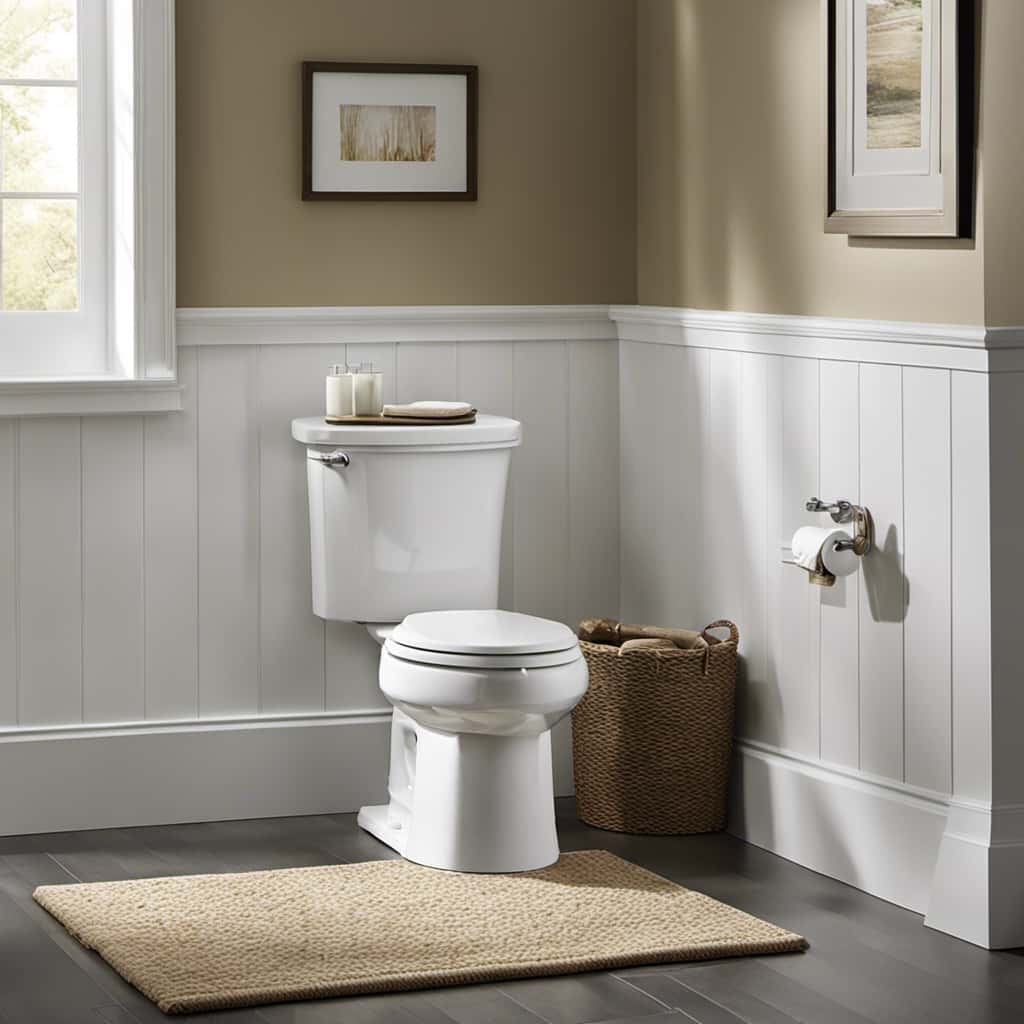
Conclusion
So, can you put Drano in the toilet?
While it may seem like a quick fix, using Drano in the toilet can be risky. The powerful chemicals can damage your pipes and cause even more problems in the long run.
Instead, consider using alternative methods or calling a professional for help. Remember, it’s always better to be safe than sorry when it comes to your plumbing.

